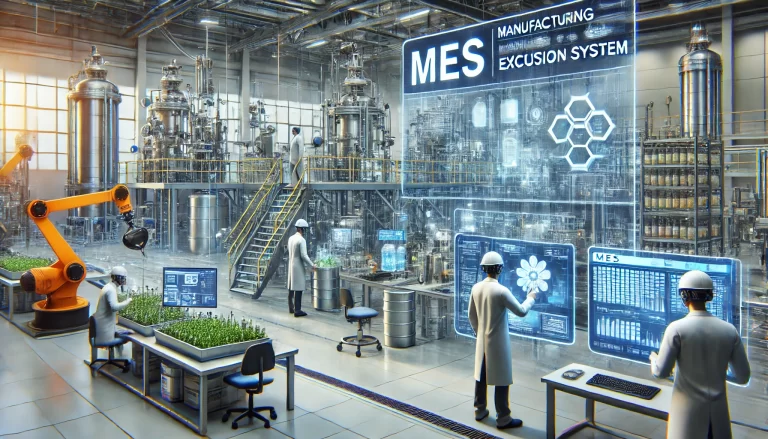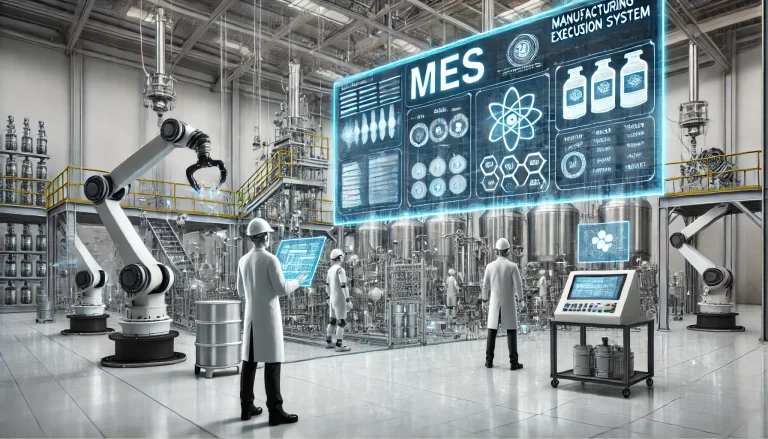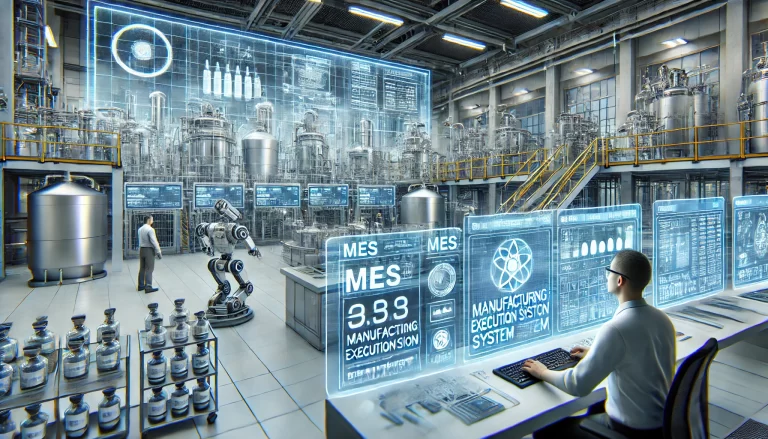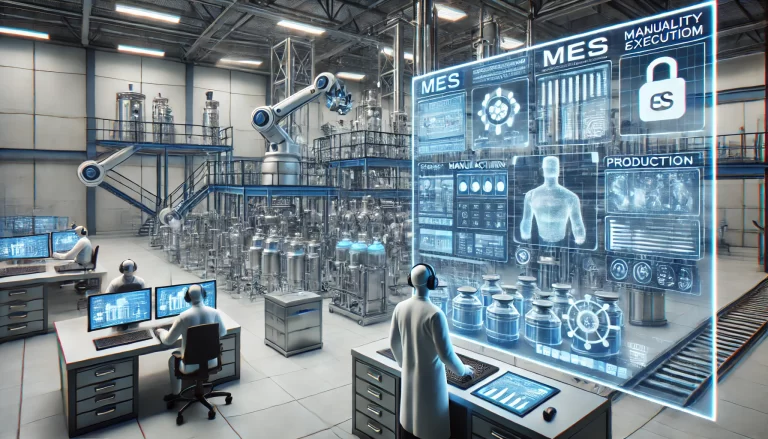1. Importance of “Four Understandings and Three Skills”
In chemical equipment management, it is crucial for operational and maintenance personnel to possess the “Four Understandings and Three Skills”:
Four Understandings: Understanding the principles, structure, usage, and performance of the equipment.
Three Skills: Being proficient in operation, maintenance, and troubleshooting of the equipment.
A real-world case highlights the necessity of these competencies. At a chemical plant, equipment managers and maintenance personnel mistakenly identified an auxiliary flushing pipeline for mechanical seals as a balancing pipeline for axial force. Consequently, they selected the wrong auxiliary flushing scheme, leading to repeated failures of the mechanical seal.
Similarly, the reverse bypass self-flushing system was mistakenly considered part of the pump’s balancing pipeline. As a result, a 380°C medium was directly introduced into the sealing chamber, severely disrupting its working conditions. The temperature in the sealing chamber increased, causing normal cooling water to form scale upon encountering high temperatures. Over time, scale filled the peaks and valleys of the bellows, leading to a loss of elasticity and subsequent failure of the seal.
To prevent such issues, it is essential to accurately identify the correct auxiliary flushing scheme. In this case, removing the reverse flushing pipeline would have sufficed to mitigate the problem.

2. Principles of Equipment Maintenance and On-Site Management
To ensure safe, efficient, and sustainable equipment operation, the following management principles should be adhered to:
2.1 Key Guidelines for On-Site Management
Post-Maintenance Inspection: The work area should be left clean and orderly after maintenance activities.
Tools and materials should be properly stored.
Metal surfaces should be free from rust, and painted surfaces should remain intact.
Walkways should be clear of obstacles, and components should be systematically labeled.
Cleanliness Standards:
Trenches should be free of debris.
Shafts should be polished and free of contamination.
Equipment surfaces should be maintained in their original condition.
No leakage of gas, liquid, or oil should be present.
Environmental and Safety Compliance:
Oil should not spill onto the ground.
Gas emissions should be controlled.
Noise levels should be minimized to prevent disturbances.
Waste should be disposed of properly, and dust levels should be controlled.
Safety, cleanliness, and high efficiency should be prioritized in operations.

3. On-Site Management: “One Level, Two Clean, Three Visibility, Four No, Five No Shortage”
To maintain high standards in on-site management, the following best practices should be followed:
One Level: Ensure a flat and organized work area.
Two Clean: Keep windows and glass clean, and maintain cleanliness on surrounding walls.
Three Visibility:
Trenches should be clear.
Shafts should be polished.
Equipment surfaces should be well-maintained.
Four No:
No garbage.
No weeds.
No waste materials.
No unused equipment cluttering the workspace.
Five No Shortage:
Insulation coatings should not be missing.
Bolts and handwheels should be intact.
Windows and glass should not be broken.
Lights and covers should be present.
Floor trench covers should be in place.

4. Incident Prevention and Safety Measures
4.1 The “Four No Release” Principle
To ensure accountability and continuous improvement in safety management, incidents should not be dismissed until the following criteria are met:
The root cause of the incident has been identified.
Responsible personnel have been appropriately addressed.
Relevant personnel have received educational training on the incident.
Corrective measures have been fully implemented and verified.
4.2 “Three Inspections and Four Fixes”
For enhanced equipment reliability, organizations should conduct systematic evaluations following the “Three Inspections and Four Fixes” approach:
Three Inspections:
Check for design flaws or missing elements.
Inspect incomplete projects.
Identify potential quality issues in construction.
Four Fixes:
Assign specific responsibilities.
Designate personnel to address identified issues.
Set deadlines for issue resolution.
Establish corrective measures and ensure compliance.

5. Conclusion
Effective chemical equipment management requires a well-structured approach integrating knowledge, operational skills, and systematic maintenance procedures. By adhering to the “Four Understandings and Three Skills,” implementing proper on-site management, and following safety protocols, organizations can enhance equipment reliability, improve efficiency, and prevent costly failures. Ensuring strict adherence to these principles will lead to safer, cleaner, and more effective industrial operations.
